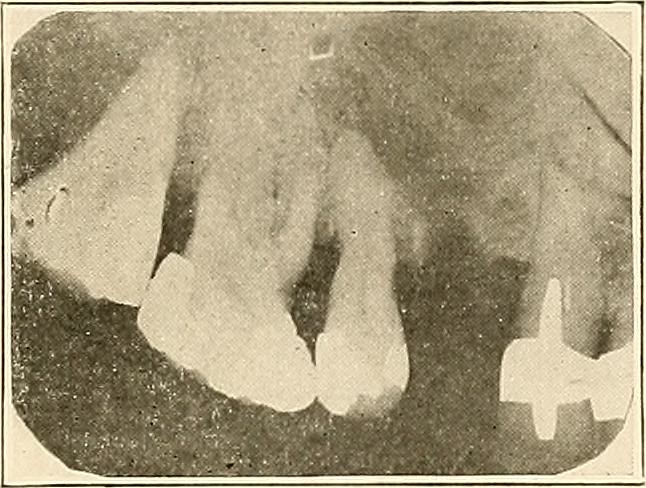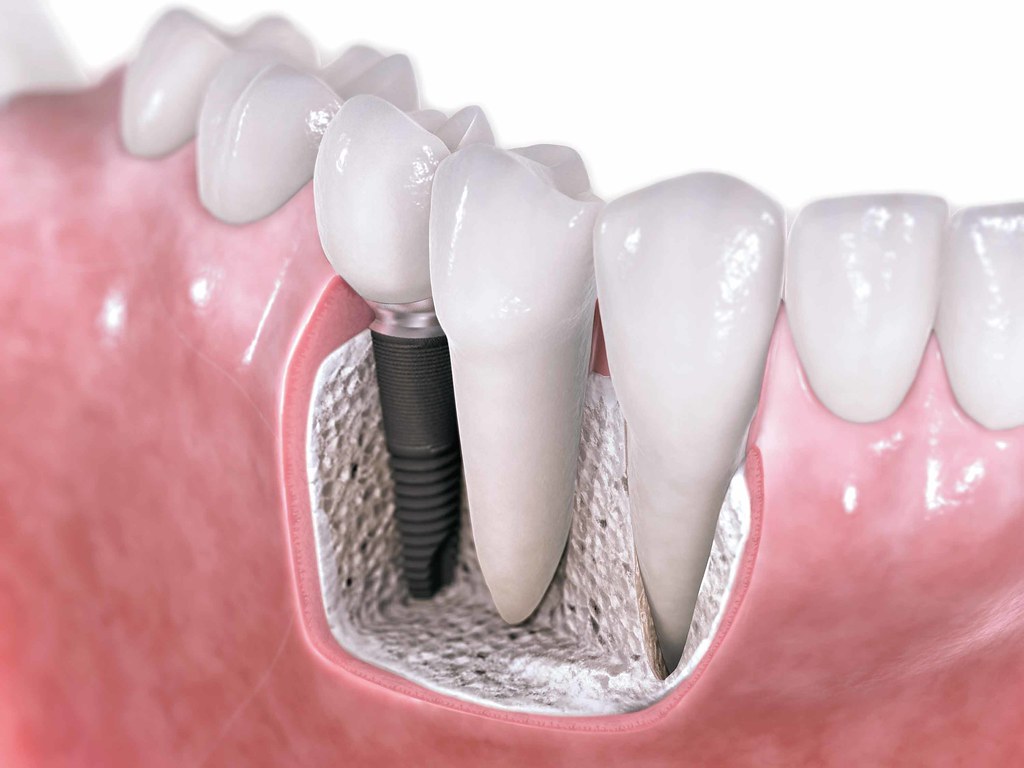 Bone volume is an essential element in dentistry because it’s essential that patients have enough bone to anchor implants, crowns, alloys and other dental restoration devices to. Without enough bone, patients could end up having their smiles restored only to have pieces break off or not last as long as they should simply because they didn’t have enough bone to be adequately anchored into the mouth to begin with. Fortunately, modern science has made it possible for dentists to engage in bone regeneration procedures that allow them to essentially generate more bone beforehand to provide them with a more stable surface for implants and other dental restoration hardware.
Bone volume is an essential element in dentistry because it’s essential that patients have enough bone to anchor implants, crowns, alloys and other dental restoration devices to. Without enough bone, patients could end up having their smiles restored only to have pieces break off or not last as long as they should simply because they didn’t have enough bone to be adequately anchored into the mouth to begin with. Fortunately, modern science has made it possible for dentists to engage in bone regeneration procedures that allow them to essentially generate more bone beforehand to provide them with a more stable surface for implants and other dental restoration hardware.
What Is Bone Regeneration?
Bone regeneration is something that the body naturally does as it heals routine fractures. It’s a physiological process that can quickly become complex. Nowadays, though, there are procedures that make it so that dentists and oral surgeons can assist in the bone regeneration process to create more volume in areas that have underwent trauma, infection and more. Additionally, modern bone regeneration procedures help provide volume in areas that simply didn’t have much volume to begin with due to abnormalities or insufficiencies.
Bone Regeneration through Bone Grafting
Perhaps one of the most popular types of dental procedures used nowadays to assist in the bone regeneration process is bone grafting. In bone grafting, bone is taken from other areas of the body, or bone from bovines is used, to add more volume to the areas that need it. When prepping an area of the mouth for a dental implant or crown, a bone graft is usually placed immediately after extraction of a tooth. The bone graft preserves the space and keeps it open for the incoming implant or crown, whereas if no bone graft was placed, then the area could close up, and some of the bone would begin to deteriorate since there’s nothing there to hold open the needed space for the replacement tooth. Sometimes dentists encourage “guided bone regeneration” by using membranes to cover the grafts that they place. The membranes essentially act as band-aids and work alongside other biologically active molecules provided by the body to enhance the healing process.
Bone Regeneration and Dental Implants
 In implant dentistry, bone regeneration is a usual and routine procedure. It’s usually carried out with the assistance of a local anesthesia and sometimes with the aid of sedation as well. The scope of generation needed for dental implants depends greatly upon how many implants the patient needs. For instance, patients only needed one dental implant usually only require a small amount of bone grafting material, whereas those who need a full set of implants might require more materials. Regardless of the quantity of grafting materials needed, most bone grafting materials are specifically designed to work as a scaffold for the body’s own natural regeneration process so that the body will eventually replace all the grafted material with its own bone.
In implant dentistry, bone regeneration is a usual and routine procedure. It’s usually carried out with the assistance of a local anesthesia and sometimes with the aid of sedation as well. The scope of generation needed for dental implants depends greatly upon how many implants the patient needs. For instance, patients only needed one dental implant usually only require a small amount of bone grafting material, whereas those who need a full set of implants might require more materials. Regardless of the quantity of grafting materials needed, most bone grafting materials are specifically designed to work as a scaffold for the body’s own natural regeneration process so that the body will eventually replace all the grafted material with its own bone.
References:
Rozalia Dimitriou, Elena Jones, Dennis McGonagle and Peter V Giannoudis.” Bone regeneration: current concepts and future directions.” Retrieved on November 17, 2015, from http://www.biomedcentral.com/1741-7015/9/66.
Dr. Richard L. Elias. “Can Dentists Rebuild Bone?” Retrieved on November 17, 2015, from http://www.deardoctor.com/inside-the-magazine/issue-6/can-dentists-rebuild-bone/.
BioMed Central
Floor 6, 236 Gray’s Inn Road
London
WC1X 8HB
United Kingdom
+44 (0) 20 3192 2009
http://www.biomedcentral.com/
Dear Doctor, Inc.
2 Summit Ct #304
Fishkill, NY 12524
845-765-2310
www.deardoctor.com
Images:
https://farm3.staticflickr.com/2903/14754969691_b1d02b38a0_b.jpg
https://farm8.staticflickr.com/7548/15965887725_13d8249e7c_b.jpg